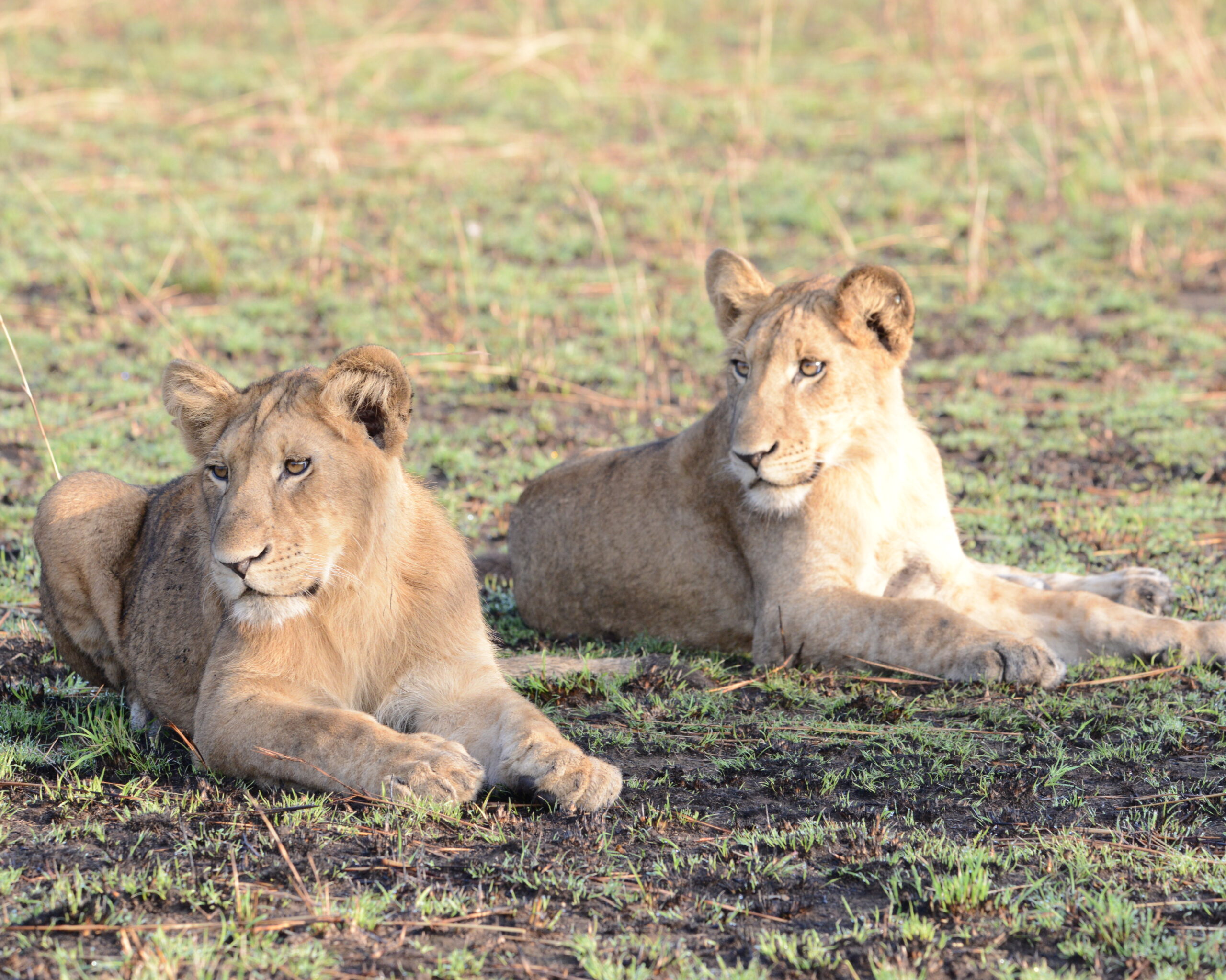
Lions
Lions (Panthera leo) “The Kings of the Savanna” are one of the most iconic and majestic animals on Earth, often referred to as the “king of the jungle” or “king of the savanna.” These powerful big cats have captured the imagination of humans for centuries, symbolizing strength, courage, and nobility. In this essay, we will delve into the various aspects of lions, including their physical characteristics, habitat, behavior, social structure, hunting techniques, conservation status, and their significance in human culture and history.
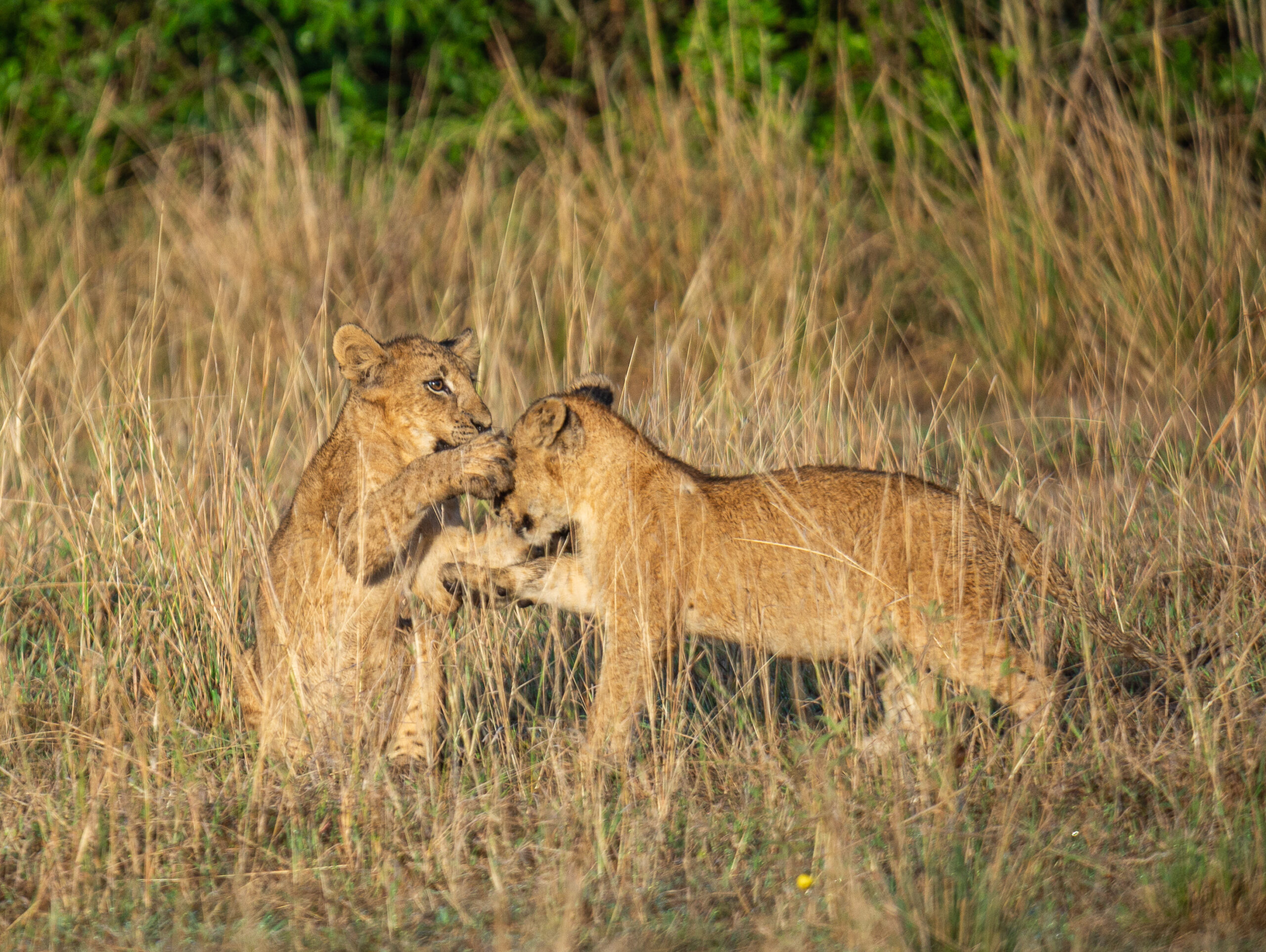
Physical Characteristics:
Lions are the second-largest big cats, after tigers, and exhibit notable sexual dimorphism. Males are larger and heavier than females, typically weighing between 400 to 550 pounds (180 to 250 kilograms) and measuring about 9 to 10 feet (2.7 to 3 meters) in length, excluding the tail. Female lions are comparatively smaller, weighing around 250 to 400 pounds (110 to 180 kilograms) and measuring approximately 8 to 9 feet (2.4 to 2.7 meters) in length. Their iconic manes, found only in males, vary in color and size, depending on the individual and the region.
Habitat:
Lions are primarily found in sub-Saharan Africa, with a small population residing in the Gir Forest National Park in India. They inhabit various types of habitats, such as grasslands, savannas, open woodlands, and scrublands, where their primary prey species thrive.
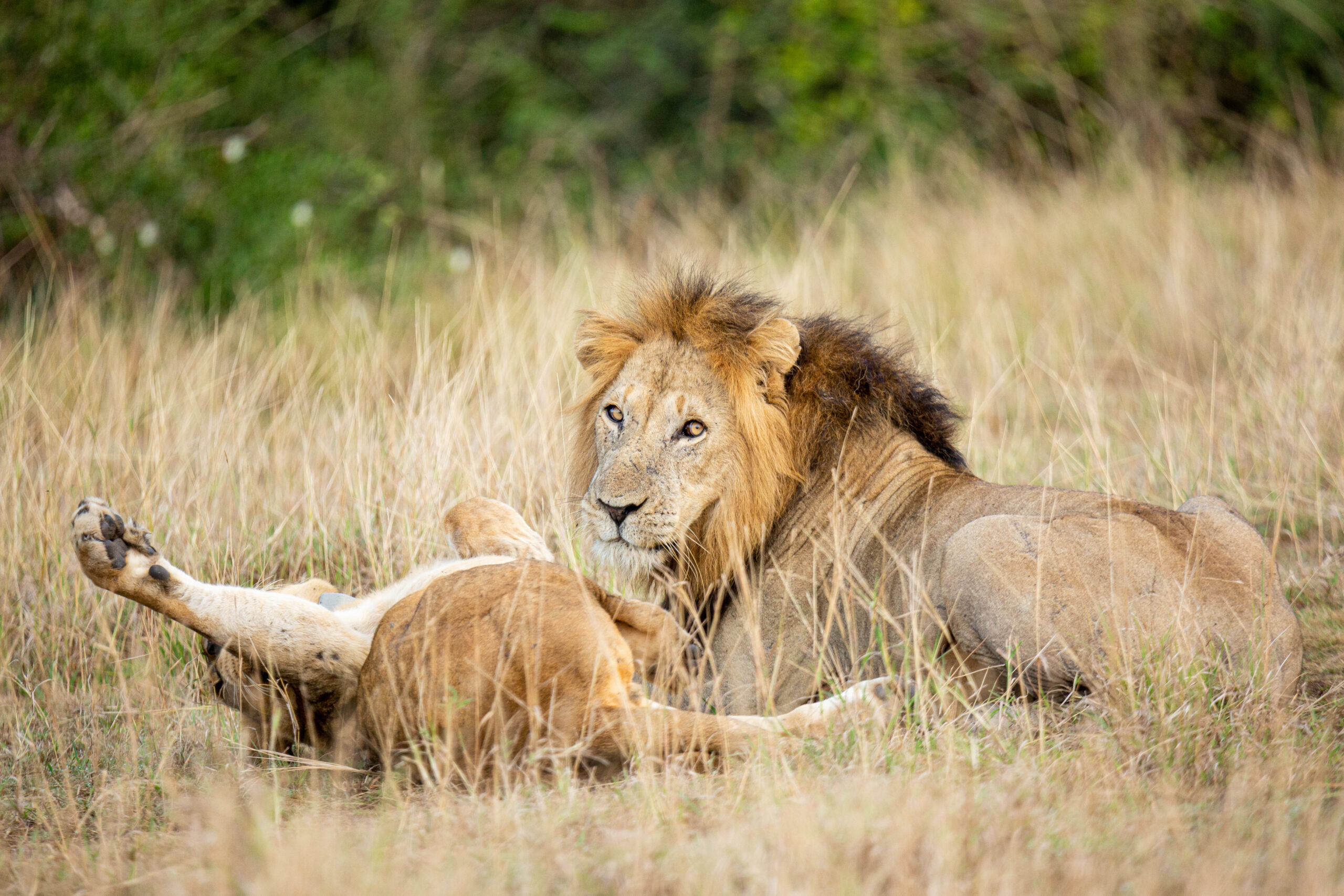
Social Structure:
Lions are highly social animals, living in prides typically consisting of 10 to 40 individuals. A pride typically includes one to three dominant males, several related females, and their cubs. Young males form coalitions and leave their natal pride to establish their territory once they reach maturity.
Communication:
Lions communicate using various vocalizations, including roars, grunts, growls, and meows. Roaring serves multiple purposes, including territorial marking and social bonding among pride members. Additionally, lions also use body language, facial expressions, and scent marking to convey information.
Territorial Behavior:
Prides defend their territories from intruding lions, and these territories can range from 20 to 400 square kilometers, depending on the availability of prey and resources.
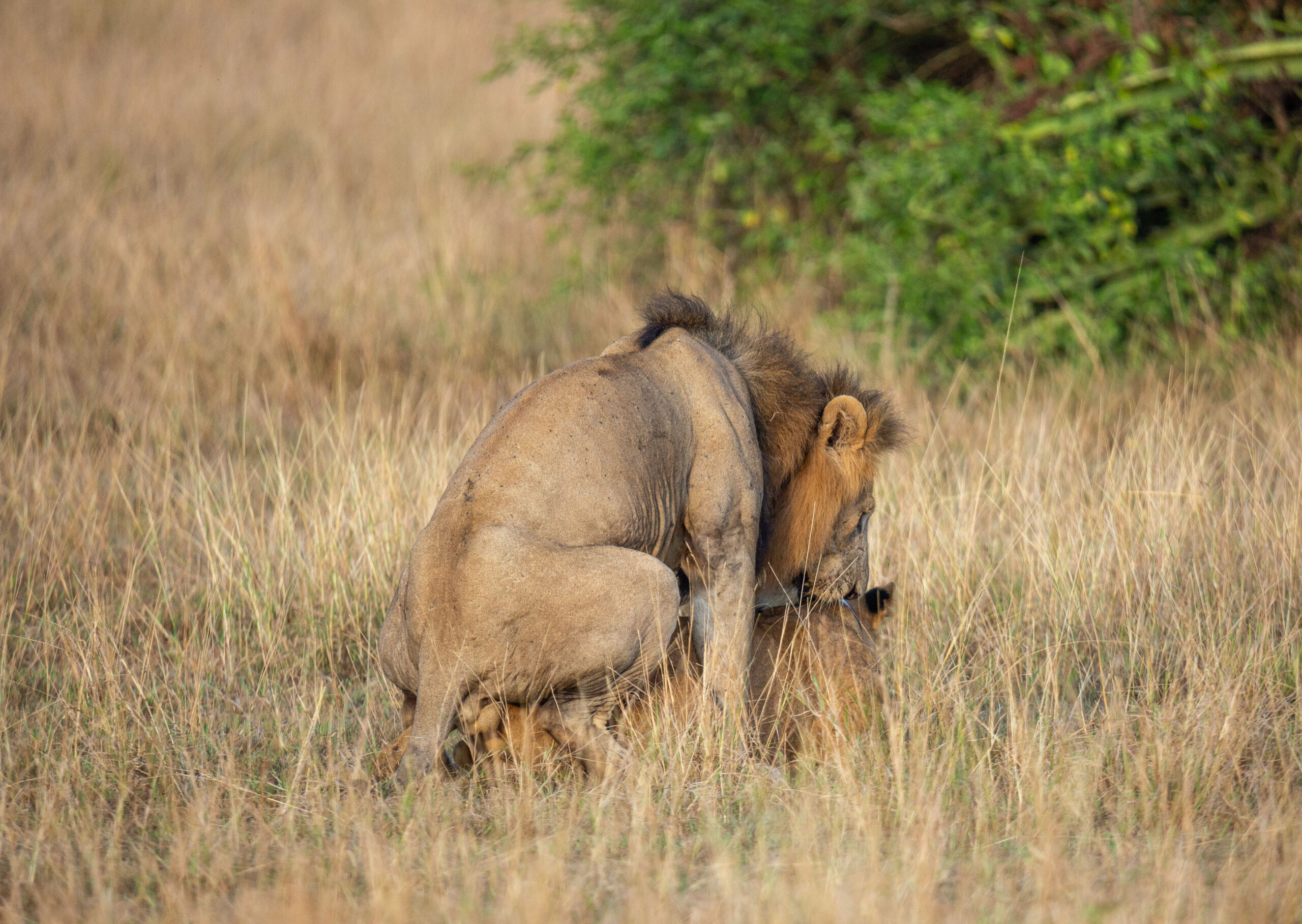
Hunting Techniques:
Lions are apex predators, and their hunting techniques involve a mix of strategy, teamwork, and sheer strength. They are primarily nocturnal hunters, relying on their exceptional vision and stealth to ambush their prey. Female lions are the primary hunters, working together to stalk and encircle their target before launching a coordinated attack. They mainly prey on ungulates like zebras, wildebeests, buffalo, and antelopes.
Conservation Status:
While lions are not currently listed as endangered, they are classified as vulnerable by the International Union for Conservation of Nature (IUCN). The lion population has faced a significant decline over the past century due to habitat loss, human-wildlife conflict, poaching, and diseases. Various conservation organizations and governments are working to protect these magnificent creatures and their habitats.
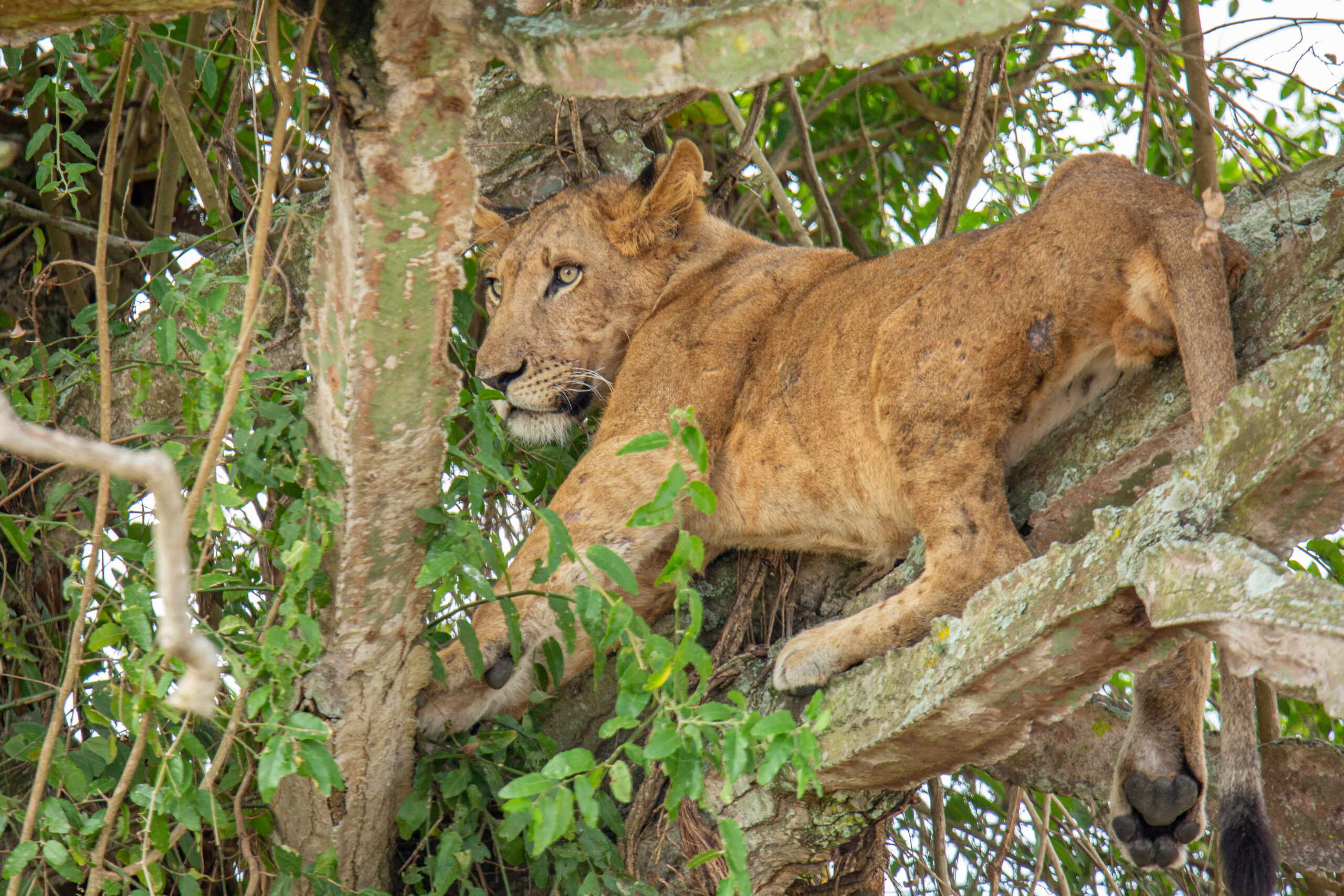
Significance in Human Culture and History:
Cultural Symbolism:
Lions have held a special place in human culture and history. Throughout various civilizations, they have been associated with bravery, power, royalty, and guardianship. They feature prominently in art, mythology, literature, and religious beliefs of many cultures.
Tourism and Eco-tourism:
Lions draw thousands of tourists to Africa each year, contributing significantly to the tourism industry in countries like Kenya, Tanzania, Botswana, and South Africa. Eco-tourism has also emerged as a sustainable means of supporting lion conservation efforts.
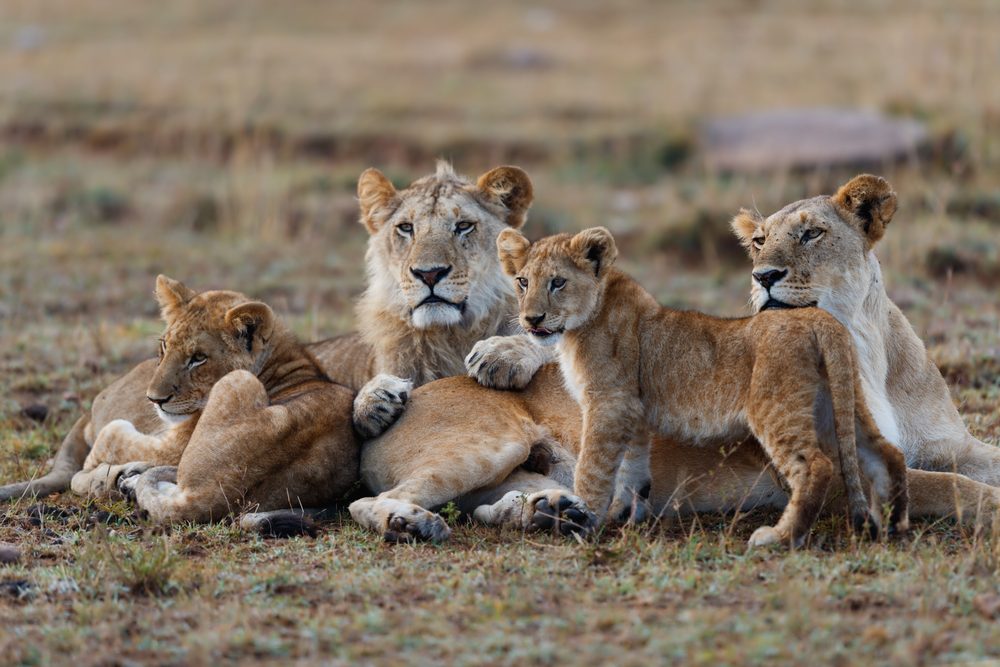
Conclusion:
Lions are truly remarkable animals, representing a harmonious balance of strength, intelligence, and social dynamics. As we continue to learn more about these majestic creatures, it is imperative that we work together to protect their habitats and ensure their survival for future generations. By understanding and appreciating the significance of lions in both the natural world and human culture, we can foster a greater sense of responsibility in conserving these magnificent “kings of the savanna.”






